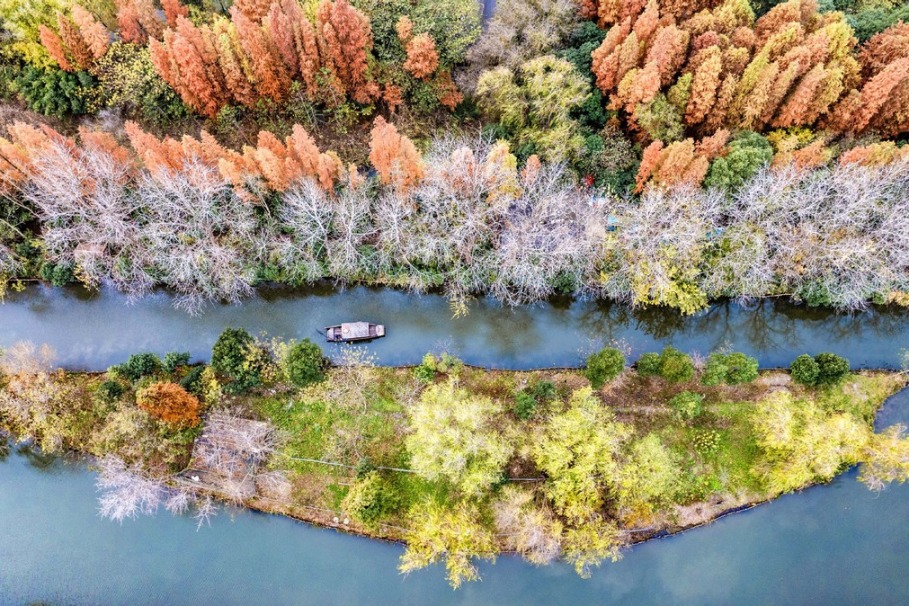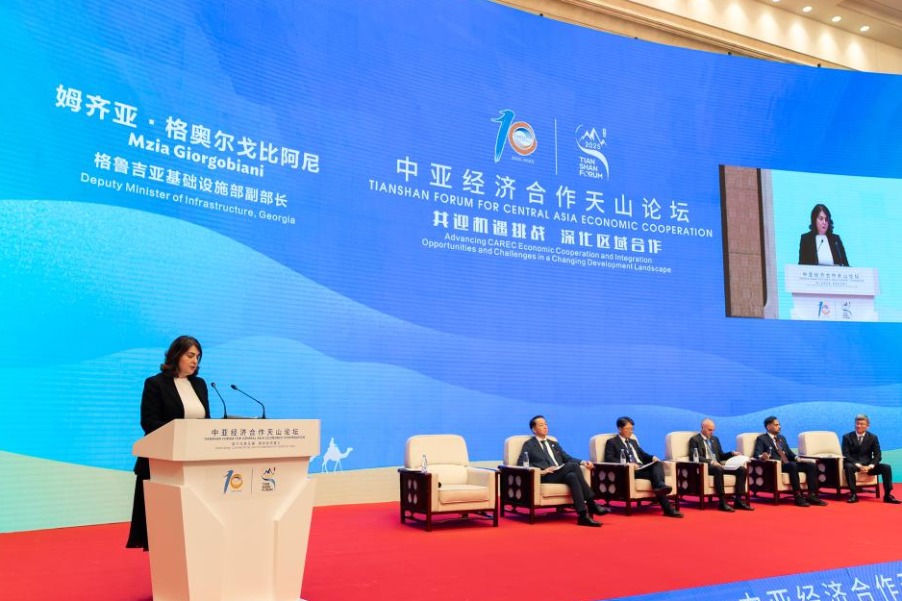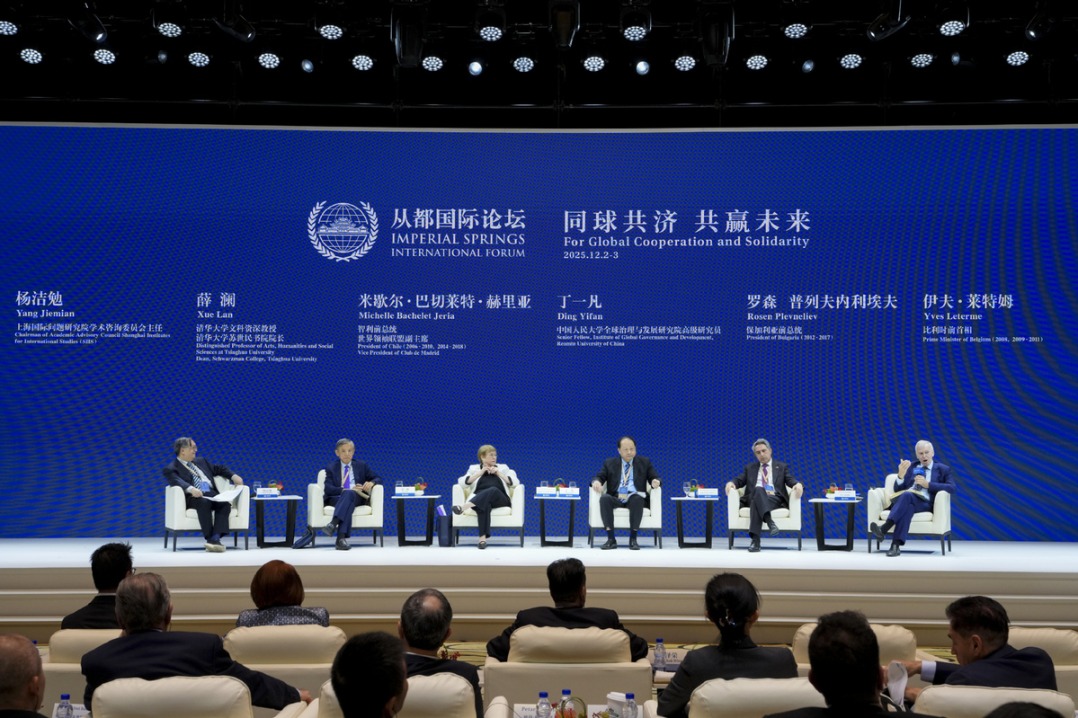Natural gas helps bring clean air, clear skies to Tibet


LHASA-As the days grow colder, Pasang has made preparations for the winter by purchasing a generous amount of natural gas to warm his home.
"In the past, we burned cattle dung for heating. The rooms would be covered with dust, and the sky would sometimes become gray," said Pasang, a resident of Lhasa, capital of Southwest China's Tibet autonomous region.
He recently bought 1,000 yuan ($157) worth of natural gas, and his home was connected to natural gas pipelines seven years ago.
"With the gas, my home is warmer, and we are also contributing to bluer skies," he said.
Now, the signature azure skies dotted with white clouds not only give local people a breath of fresh air but are also a vital part of the region's attractiveness to visitors from home and abroad.
In the first 10 months of this year, the air quality of Lhasa ranked second among 168 major Chinese cities. It has been ranked in the top 10 for several consecutive years, according to the Ministry of Ecology and Environment.
The wide use of natural gas is one of the reasons behind the clean air in Tibet. In Lhasa's case, natural gas has been adopted for heating in more than 90 percent of its urban area, a local company in charge of natural gas supplies said.
Following national trends, Tibet is also popularizing new energy vehicles while phasing out older cars responsible for heavy pollution and energy consumption. Earlier this year, the Tibetan capital added 76 new energy buses to its fleet, and all intracity routes make use of the vehicles.
Electric cars are also gaining popularity for their eco-friendly features and lower cost.
Penpa, another Lhasa resident, said he and many of his friends have replaced their traditional vehicles with electric ones. "Everyone should play a part in keeping the air clear in Lhasa," Penpa said.
In the first eight months, the proportion of days with good air quality was 99 percent in Tibet, the regional Department of Ecology and Environment said.
Clear skies have added to the attractiveness of Tibet to tourists, as even a casual smartphone photo can look surreal with blue skies and white clouds as the background.
Starry nights in Tibet are also more mesmerizing due to the crystal clear air. Over the past few years, the plateau region has become a dream destination for many sky gazers.
At the top of a mountain over 5,000 meters above sea level, the Ali observatory, which is more than 1,400 kilometers from Lhasa, is still frequented by astronomy lovers, who brave a zigzagging road to get a closer look at the stars.
Zhou Yunhe, director of the observatory, said more than 3,100 tourists have visited the observatory since the start of the year.
Despite the impact of COVID-19, Tibet received nearly 37 million tourists in the first three quarters of this year, up 15 percent year-on-year, and tourism revenue surged about 27 percent, official data showed.
"We will toughen measures in order to have clearer air, bluer skies and a more beautiful environment," said Norgyel, head of the regional environmental department.
- Over 6,600 criminal cases related to wild animals filed, around 10,000 suspects arrested
- Mainland expands cases Hong Kong, Macao, Taiwan lawyers can handle
- Hong Kong police to expand search to vicinity of fire-affected buildings
- Death toll rises to 159 in Hong Kong fire: police
- Fujian offers subsidy for Taiwan residents opening Shaxian restaurants
- Russian tourist arrivals in Harbin surge following recent visa-free policy





































